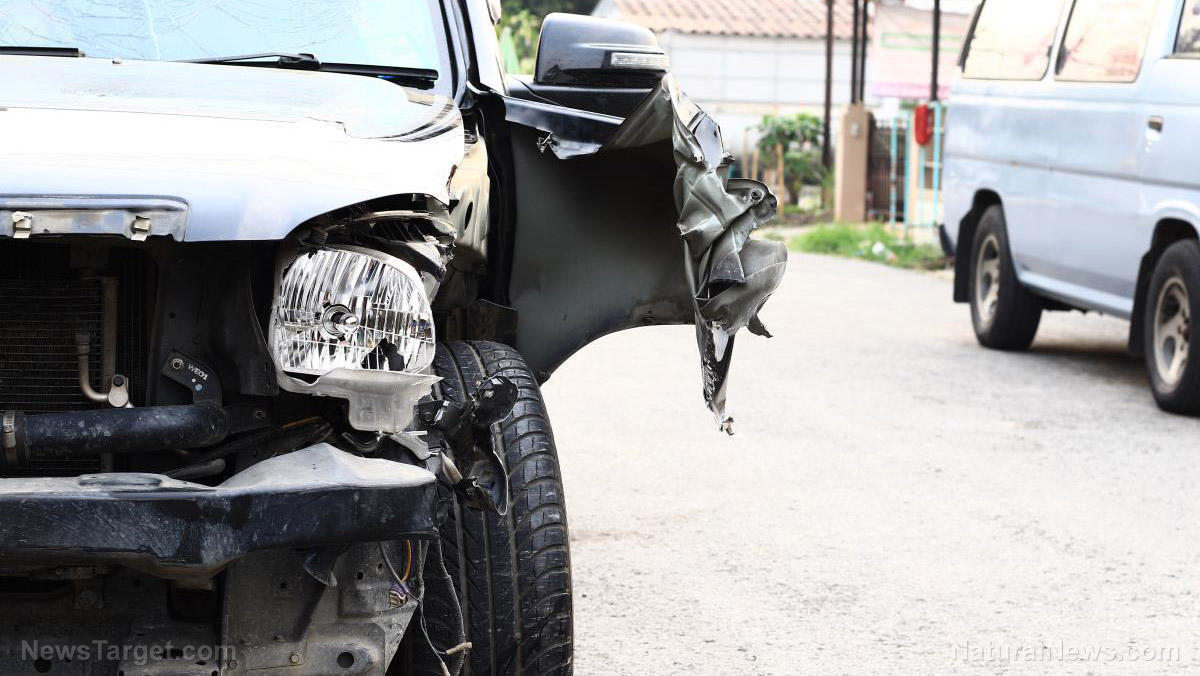
Nissan has released a memo advising owners of approximately 84,000 of their older vehicles to stop driving them due to the heightened risk of their Takata airbags exploding during a crash and releasing dangerous metal fragments.
This urgent notice follows the death of a person in a Nissan vehicle due to an exploding front-passenger inflator and injuries to up to 58 people since 2015. Nissan's statement highlighted that the risk of the inflator exploding during airbag deployment increases with the vehicle's age, potentially causing severe injury or death. The "do not drive" warning applies to certain models, including model year 2002 to 2006 Sentra compact cars, 2002 to 2004 Pathfinder SUVs and 2002 to 2003 Infiniti QX4 SUVs.
Owners are also asked to verify if their vehicles are affected by communicating with Nissan online or with their nearest dealer. Owners may also contact their dealers for free replacements for their airbag inflators. The company is even throwing in free towing to dealers and, in some areas, mobile service and loaner cars.
The National Highway Traffic Safety Administration (NHTSA) has warned that even minor crashes can cause Takata airbags to explode – leading to fatal or severe injuries. The age of the vehicles significantly increases this risk. (Related: Toyota issues "do not drive” advisory for 50,000 U.S. vehicles due to Takata airbag inflators.)
In 2020, Nissan recalled 736,422 vehicles to replace the Takata inflators, with about 84,000 remaining unrepaired. Nissan has made multiple attempts to contact the owners of these vehicles. This issue is part of the largest series of auto recalls in the history of the United States, involving at least 67 million Takata inflators, with many still unrepaired. Worldwide, around 100 million inflators have already been recalled, leading to the Tokyo-based Takata Corporation's filing for bankruptcy in 2017.
Other manufacturers that have issued similar "do not drive" warnings over vehicles equipped with Takata inflators include Honda, Ford, BMW, Toyota, Stellantis and Mazda.
Takata airbag infiltrator defect linked to 40 deaths worldwide
The defect in Takata airbags, described as "ticking time bombs," has resulted in fatalities worldwide, even in minor collisions. This is due to Takata's use of ammonium nitrate as a propellant without a drying agent. Over time, exposure to moisture causes the propellant to degrade, and when the airbag deploys, it can explode, sending metal shrapnel into the passenger compartment.
At least 27 people in the U.S. have been killed by the Takata inflators, with one of the most recent incidents involving a 2006 Nissan Sentra reported in 2018 and only recently confirmed by the NHTSA. The other most recent incident involved a faulty airbag in a Dodge Ram 1500 that killed a passenger in May 2023, increasing the global death toll to 40. Dodge's parent company Stellantis stated that the owner of the vehicle had ignored six prior recall notices.
The Takata airbag issue first came to light in 2013, leading to the recall of approximately 100 million vehicles from over two dozen brands worldwide. Despite these efforts, some vehicles remain on the road with these dangerous airbags, either because owners ignored recall notices or refused repairs.
Watch the following video about Nissan warning owners of older vehicles who are at risk of exploding airbag inflators.
This video is from the Daily Videos channel on Brighteon.com.
More related stories:
Tesla recalls more than 2 million cars to fix a defective driving system following DEADLY CRASHES.
HAZARDOUS AIRBAG: General Motors faces recall of 20 million vehicles.
Over 1.1 million Tesla electric cars in China RECALLED over dangerous braking defect.
Sources include:
Please contact us for more information.


















